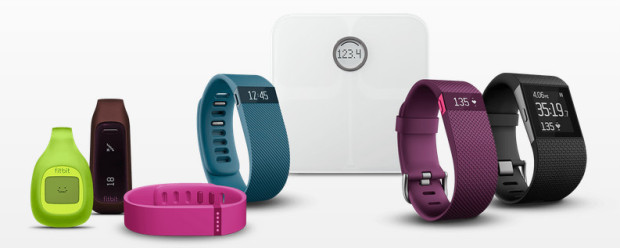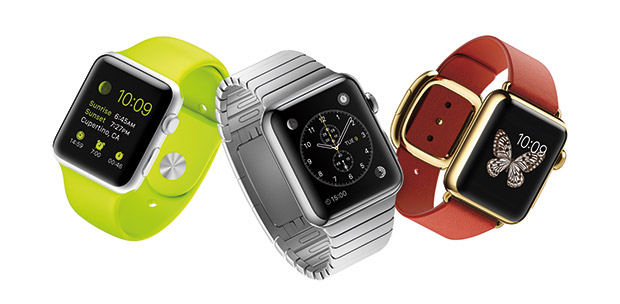 Consumer spent more than twice buying up new connected activity trackers in 2015 than they did the previous year. A new report by The NPD Group found that sales grew 110 percent, jumping from US$692 million in 2014 to US$1.46 billion in 2015. Unit sales jumped 85% from from 7.2 million to 13.4 million with the average selling price (ASP) increasing from $US96 to US$109 as consumers sought better quality devices.
Consumer spent more than twice buying up new connected activity trackers in 2015 than they did the previous year. A new report by The NPD Group found that sales grew 110 percent, jumping from US$692 million in 2014 to US$1.46 billion in 2015. Unit sales jumped 85% from from 7.2 million to 13.4 million with the average selling price (ASP) increasing from $US96 to US$109 as consumers sought better quality devices.
“A confluence of factors has contributed to the growth of connected fitness trackers. Greater awareness of the products is leading to increased interest, new colors and designs have made trackers more appealing, and there are more opportunities to buy the products due to increased distribution,” said Ben Arnold, executive director, industry analyst for The NPD Group. “The dedicated fitness tracker market will continue to thrive as the products evolve and cover a wider range of users’ fitness needs.”
Fitbit continued to dominate the market, accounting for 79 percent of sales in this market segment. Since taking the top spot in the connected activity tracker space, Fitbit has managed to grow its market share by more than 20% despite the growing number of competitors in the space.

The report also found that smartwatches are quickly gaining popularity, largely thanks to the Apple Watch. Public awareness about smartwatches is tracking higher than for activity trackers (83 percent compared to 75 percent) but this has yet to translate into stronger sales. The report concludes that the market for activity trackers “still has more headroom for growth.”
While smartwatches have yet to put a dent in the sales of activity trackers, their future looks equally bright, especially as new devices are released in 2016. With both second-generation smartwatches with dedicated cellular connectivity and “smarter watches,” traditional analog watches enhanced with notification capabilities set to launch later this year, U.S. smartwatch ownership numbers could top the 30 million unit mark by the end of 2017 (from about 13 million at the end of 2015). In comparison, some 33 million activity trackers had found homes in the U.S. by the end of 2015.
Source : The NPD Group
